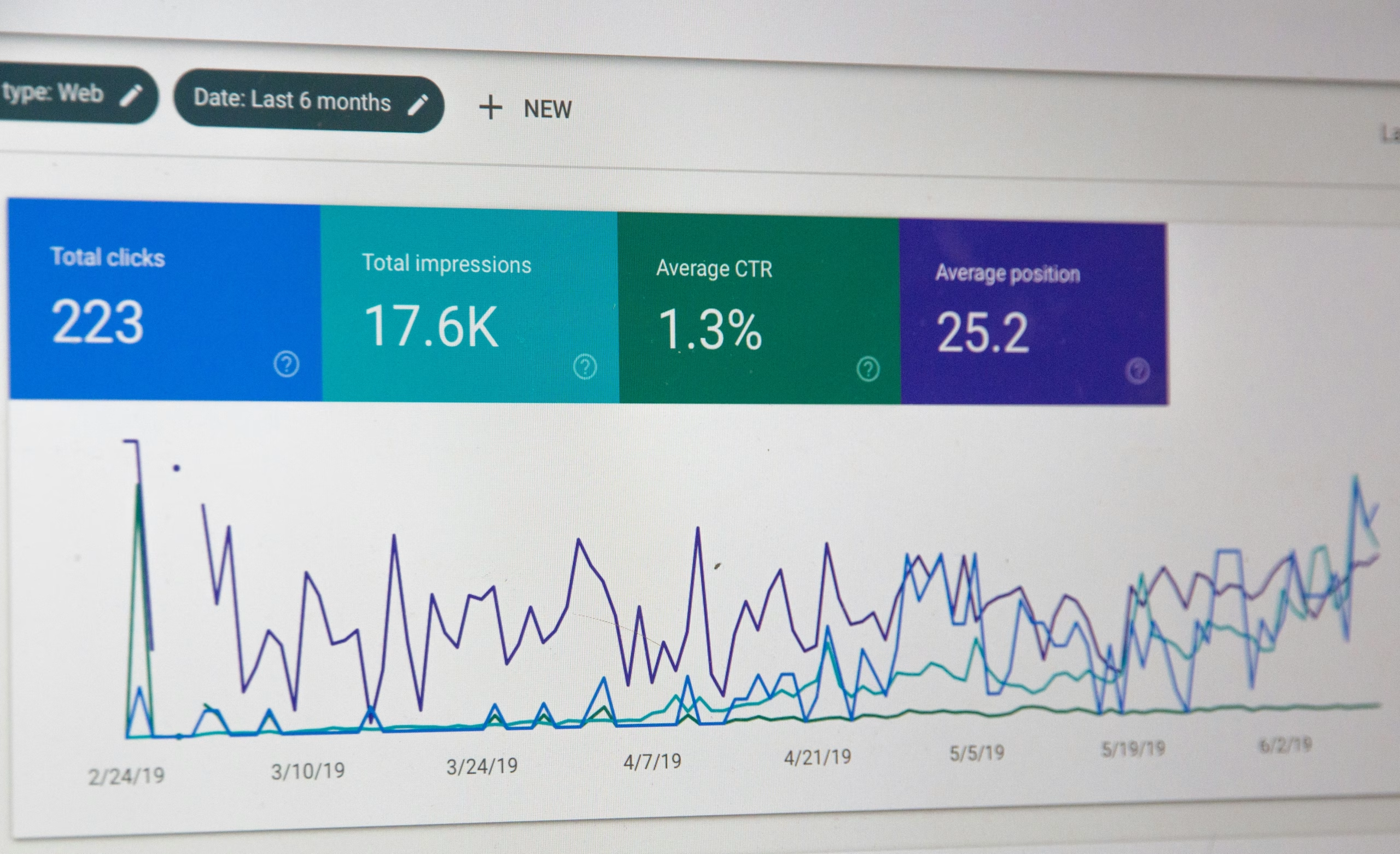On-Page SEO Best Practices for 2025
In 2025, on-page SEO remains a critical foundation for attracting organic traffic—and adapting to evolving search behaviors is essential. Whether you’re optimizing a blog, e-commerce page, or business site, these best practices will help ensure your content ranks—and resonates—with your audience.
1. Start with Intent-Driven Keyword Strategy
Understanding user search intent continues to be key in 2025. It’s no longer enough to target high-volume keywords; your content must align with what users actually want. For example, structuring content to match informational, transactional, or navigational intent can boost performance—and better meet searcher needs. First Page SageCoalition Technologies
2. Align with E-E-A-T Principles
Google’s quality signals like E-E-A-T—Expertise, Experience, Authoritativeness, and Trustworthiness—have grown more prominent. Demonstrating real-world experience through case studies, author bios, and first-hand insights builds trust—for both users and search engines. iMatrix Ladybugz Design Agency
3. Optimize Technical Performance: Core Web Vitals 2.0
Performance matters more than ever. Google’s Core Web Vitals 2.0 now include new metrics like Interaction to Next Paint (INP) and Time to First Byte (TTFB)—ensuring pages are fast and responsive across devices. Compress images, leverage CDN, and monitor performance regularly for optimal results. iMatrix TheeDigital
4. Snag Featured Snippets: Zero-Click Optimization
With an increase in zero-click searches, where users get answers directly on the results page, optimizing for such outcomes is crucial. Structure answers clearly, use FAQ formats, and aim for featured snippet placement to capture visibility even without a click. TheeDigitalCoalition Technologies
5. Use Clean, Intent-Reflective URLs
Ensure your URLs are clean, structurally intuitive, and keyword-relevant. Clean URLs—not filled with code or session IDs—enhance user trust and clarity, and are easier for search engines to index. Wikipedia
6. Craft Title Tags, H1s & Meta Descriptions with Purpose
-
Title Tags should include the primary keyword early, be compelling, and stay within 60 characters to avoid truncation.
-
Make sure to have a single, descriptive H1 tag that reflects the title while being user-friendly.
-
Meta Descriptions don’t directly impact ranking but heavily influence click-through rate (CTR). Write value-driven snippets that include your focus keyword naturally. Semrush
7. Organize via Topic Clusters & Corpus Content Strategy
Grouping content into topical clusters improves site architecture and signals relevance. Use the Corpus of Content model, focusing on a high-value core group of pages rather than broad, scattered content. First Page Sage
8. Embrace Answer Engine Optimization (AEO)
In 2025, AI-powered search interfaces (including chatbots and LLM-driven search) are affecting content discoverability. Answer Engine Optimization (AEO) enhances your chances of being surfaced in AI-generated answers and conversational search formats. Business Insider
9. Maintain Fresh, High-Quality Content
Search engines favor up-to-date, relevant content. Revise articles regularly, update statistics, expand insights, and refresh internal links to keep pages looking current and valuable. WordStream SEO.com
10. Leverage Internal Linking & Multimedia
-
Internal links help distribute page authority and guide visitors through your content ecosystem. Reddit
-
Use images and other media, properly optimized with alt text, to boost engagement—but ensure they’re compressed so as not to hamper page loading. Reddit mangools
Final Thoughts
To succeed in on-page SEO for 2025, integrate intent-focused content, demonstrate E-E-A-T, prioritize site performance, and adapt to new formats like zero-click and AI-driven search. Combined, these strategies offer a competitive edge in evolving search landscapes.
